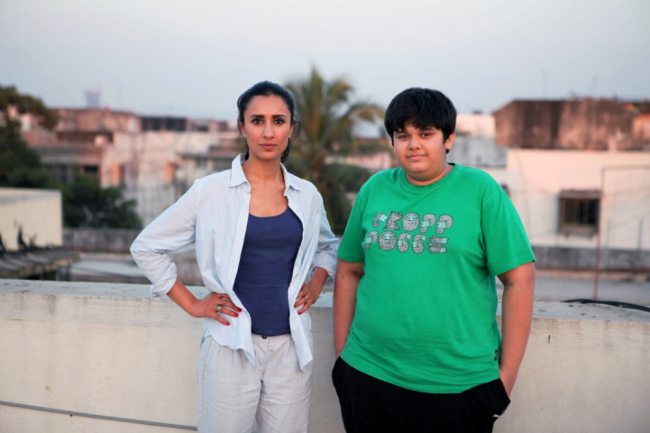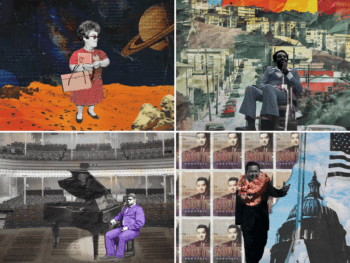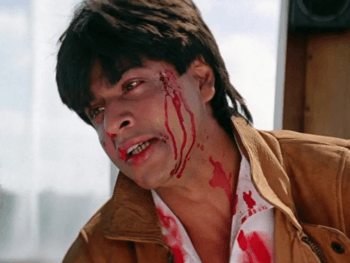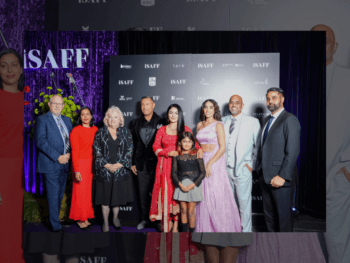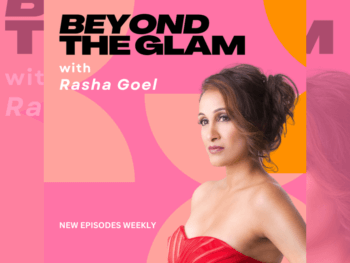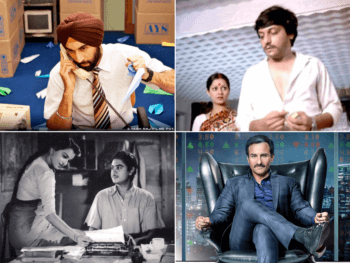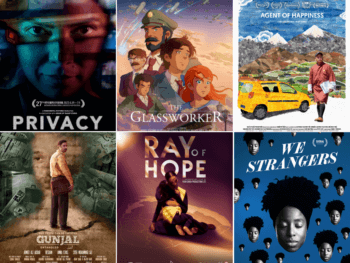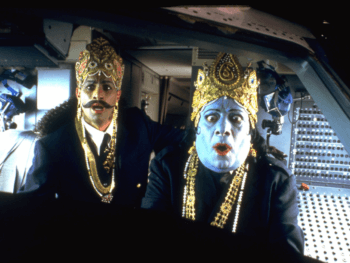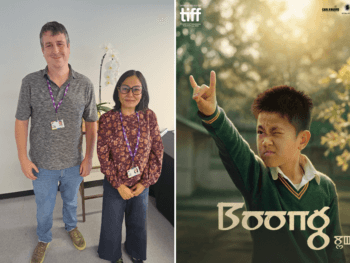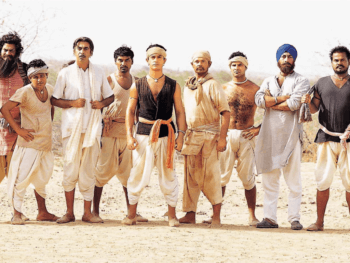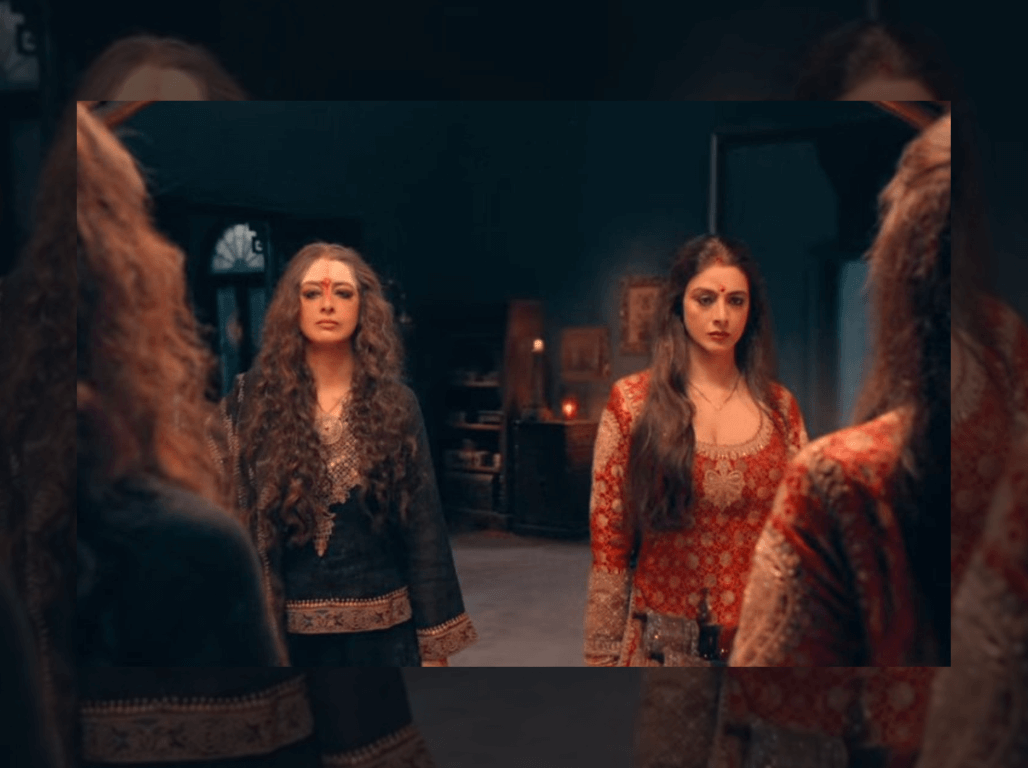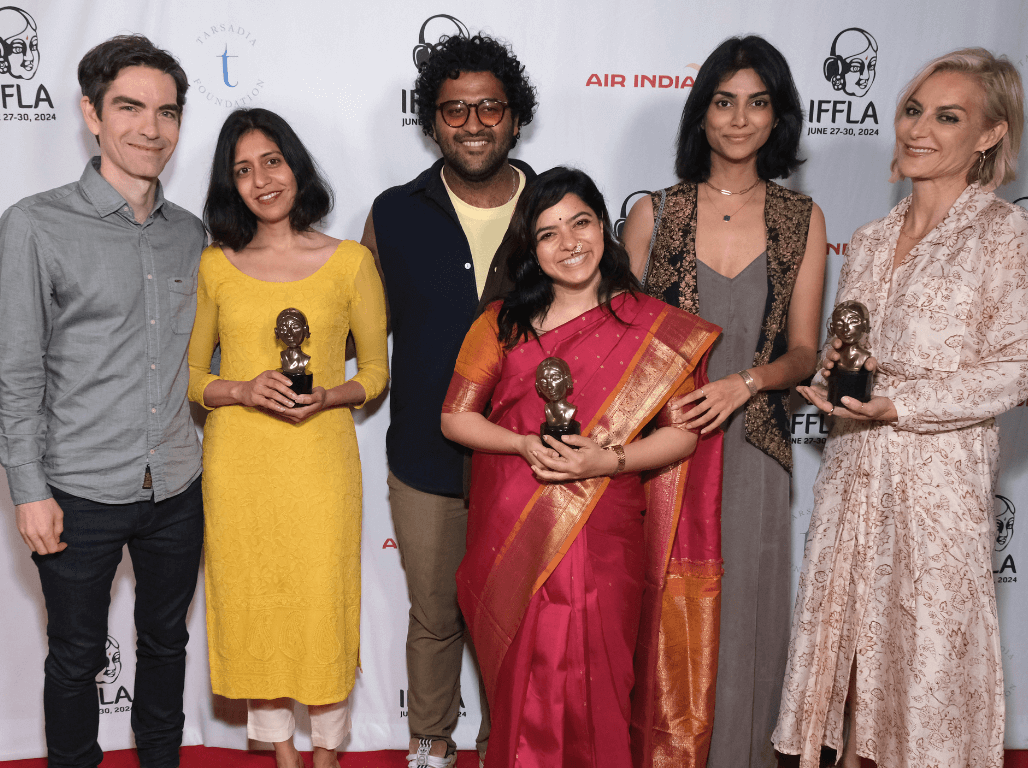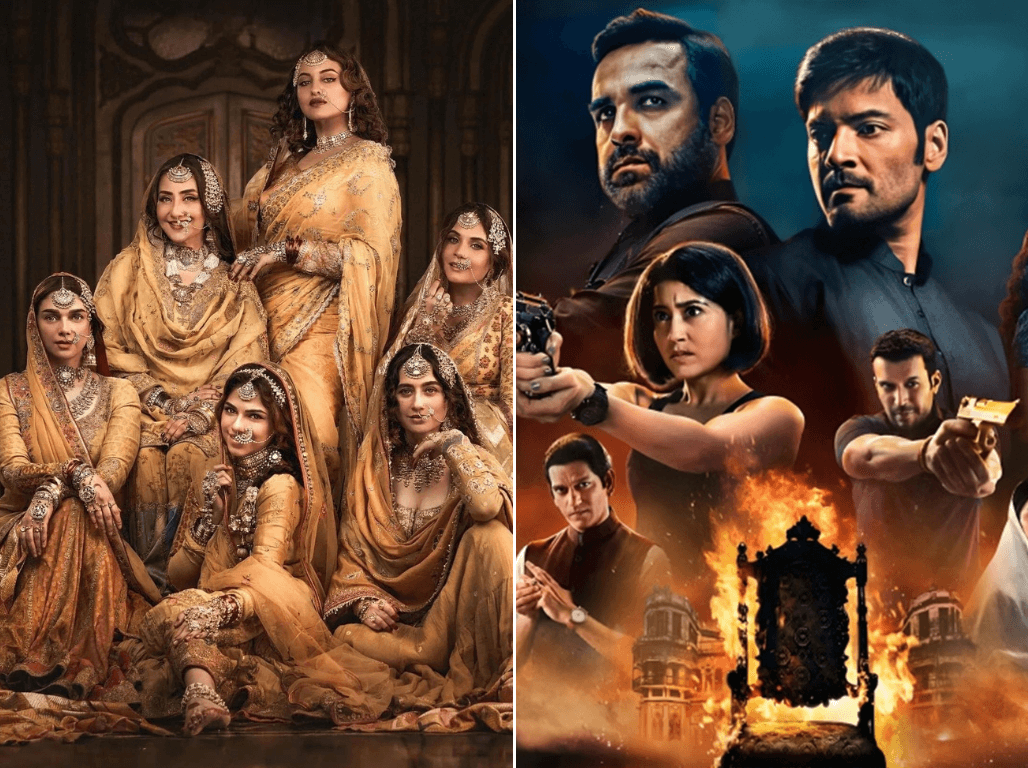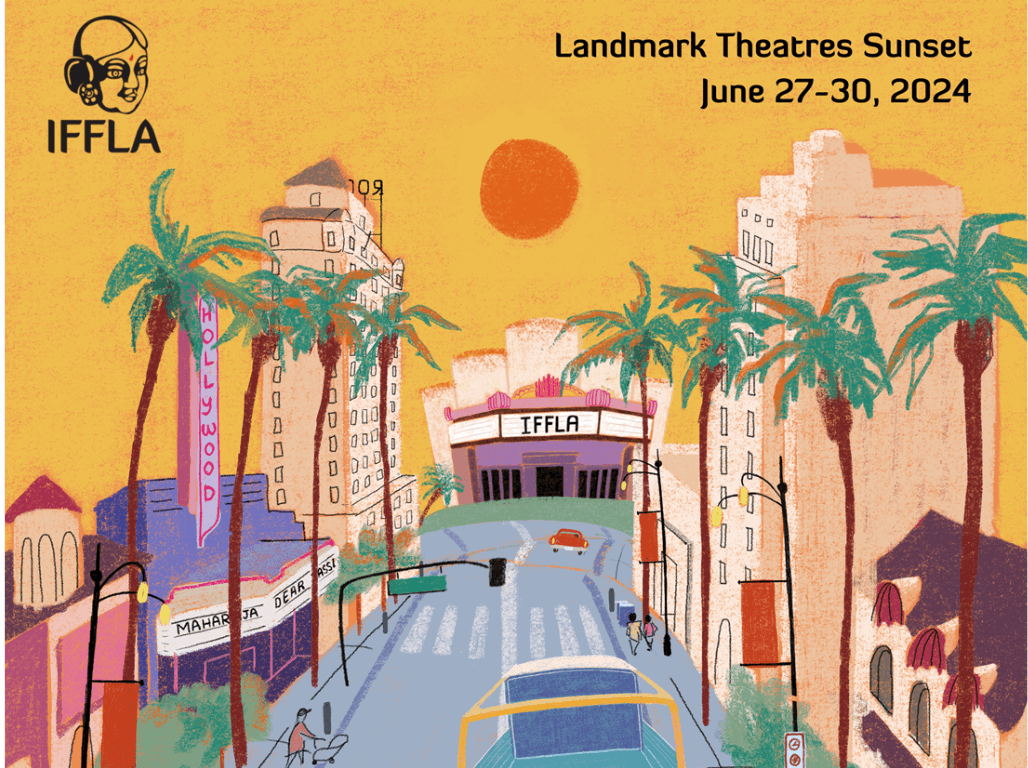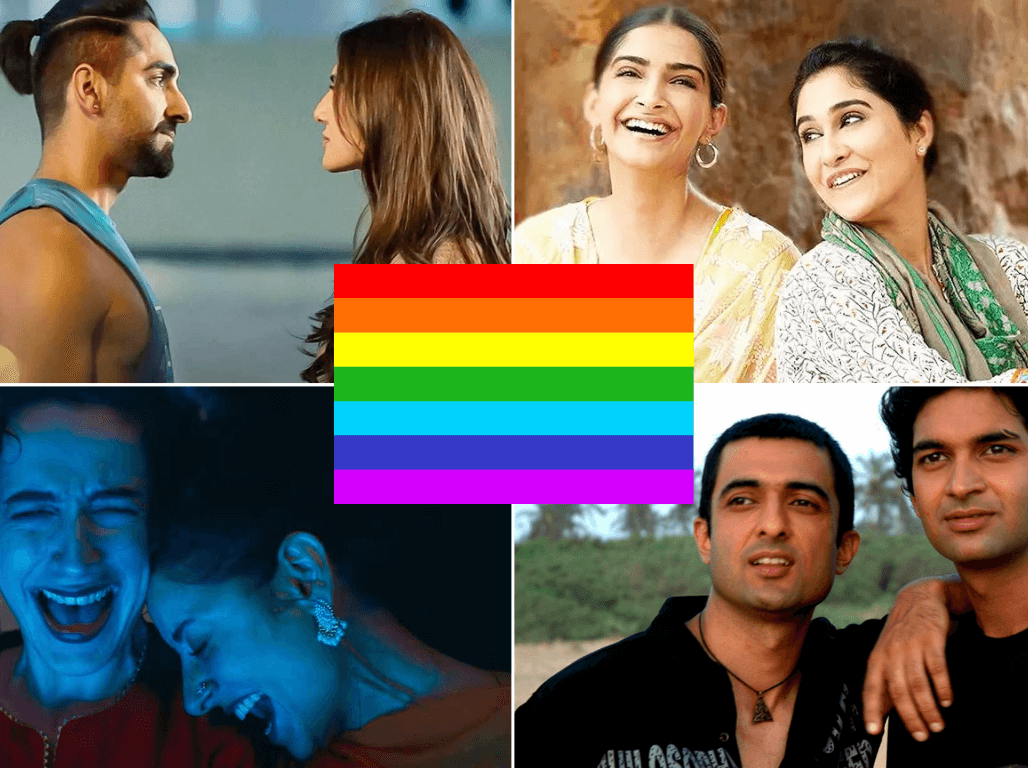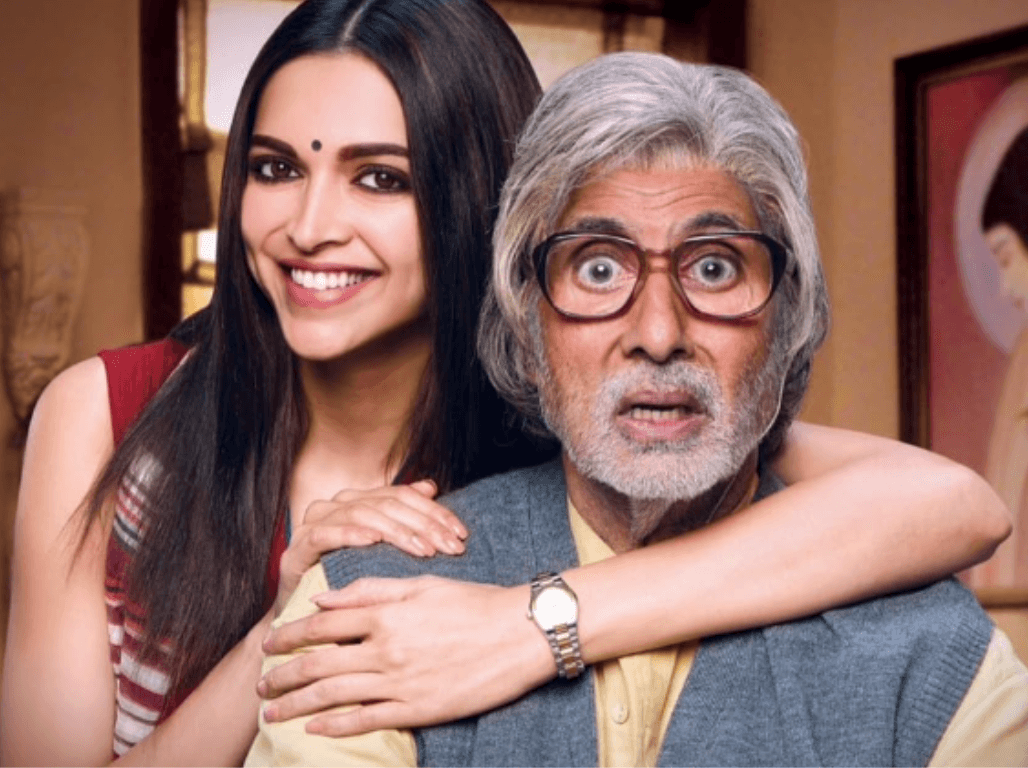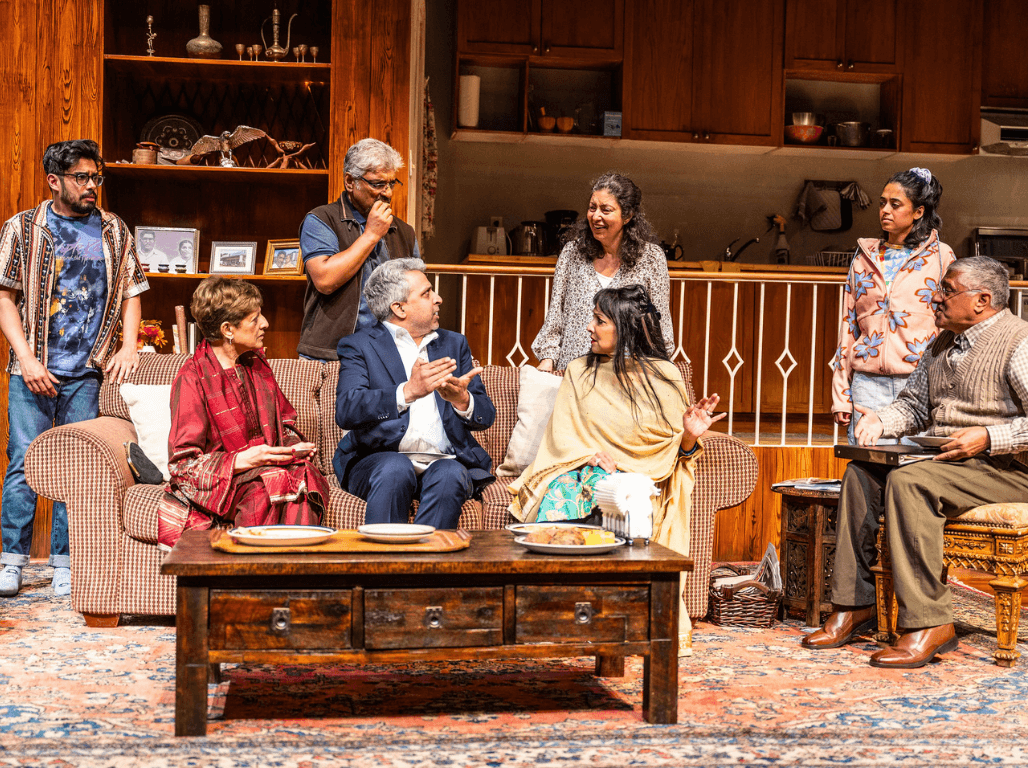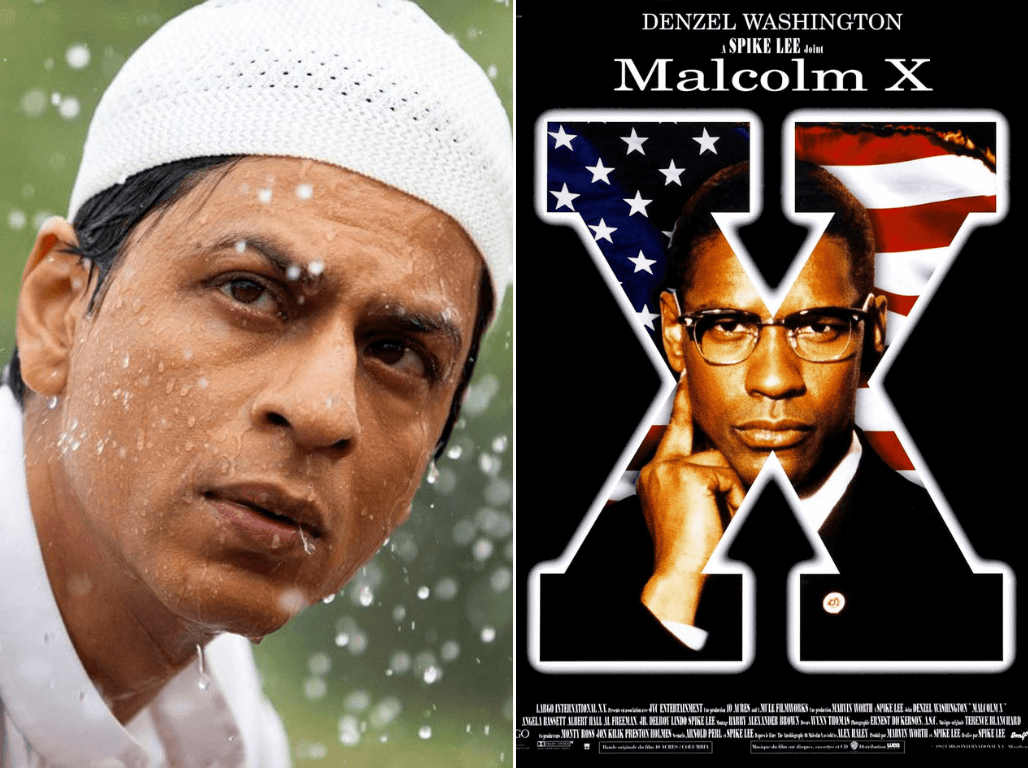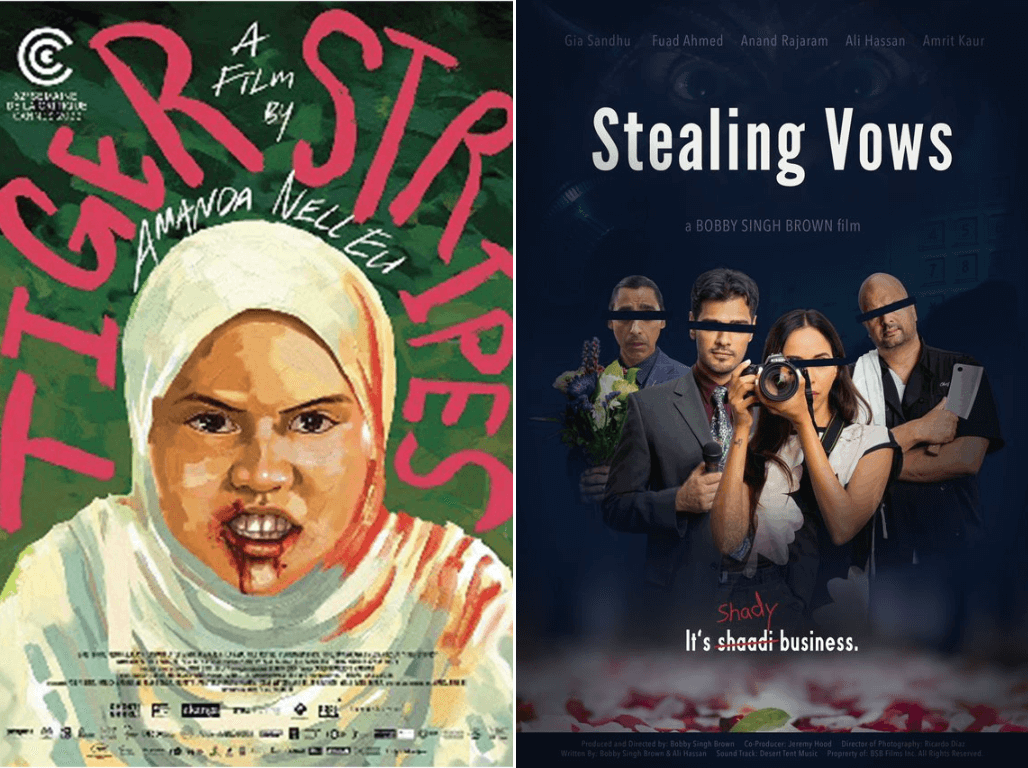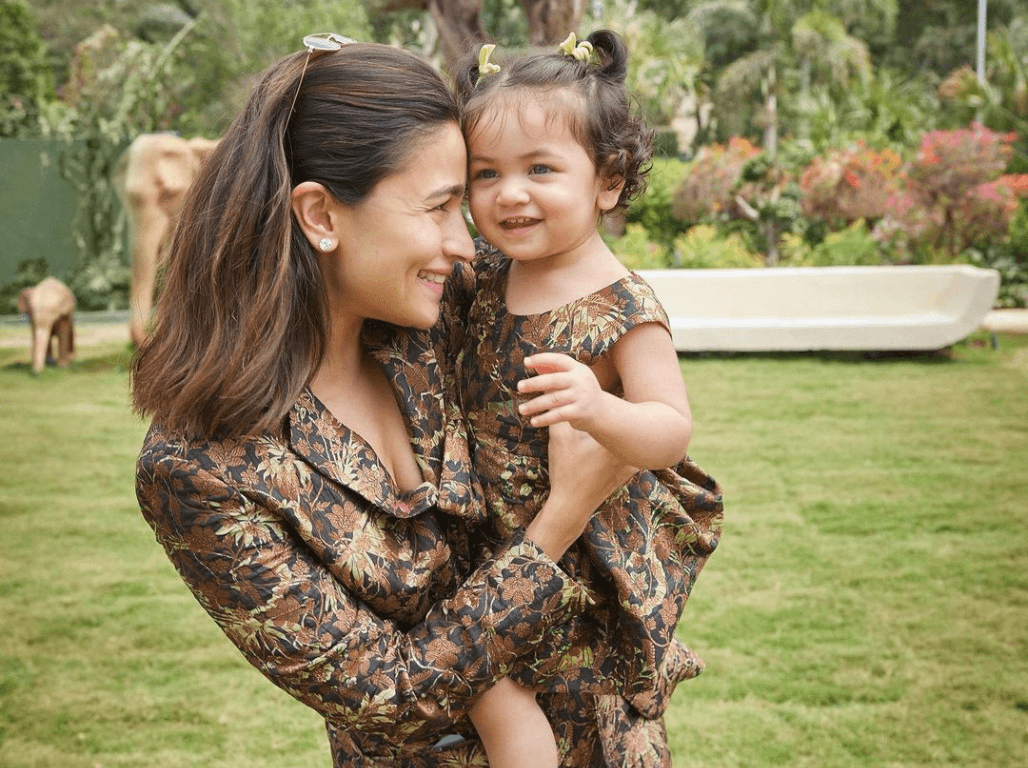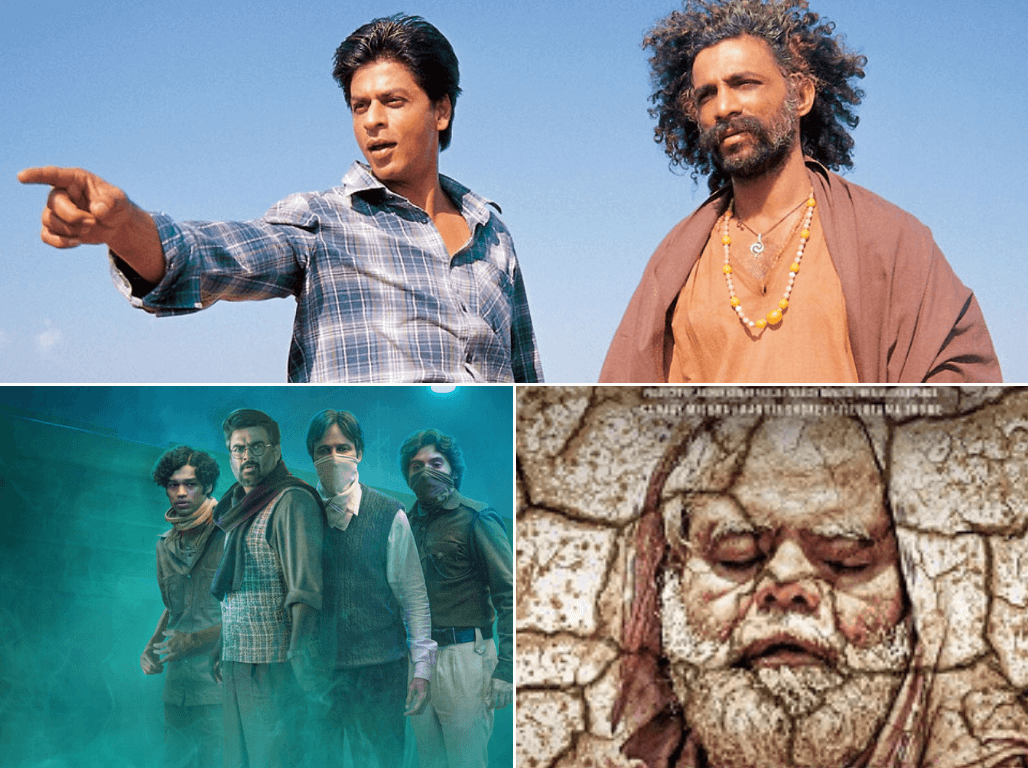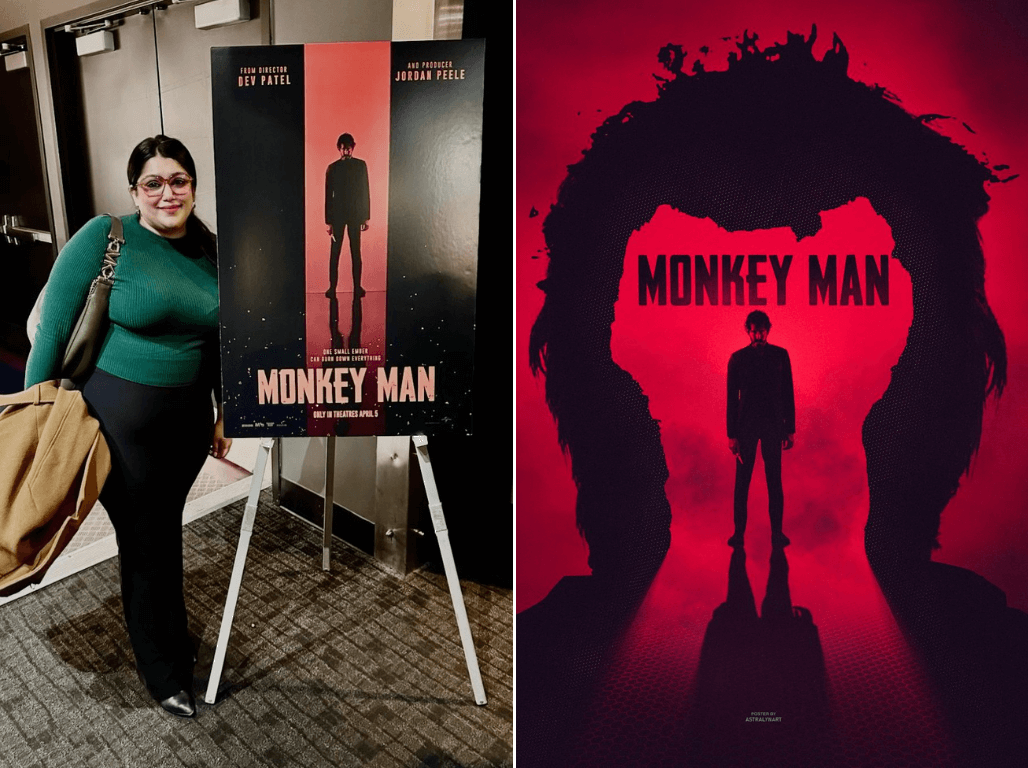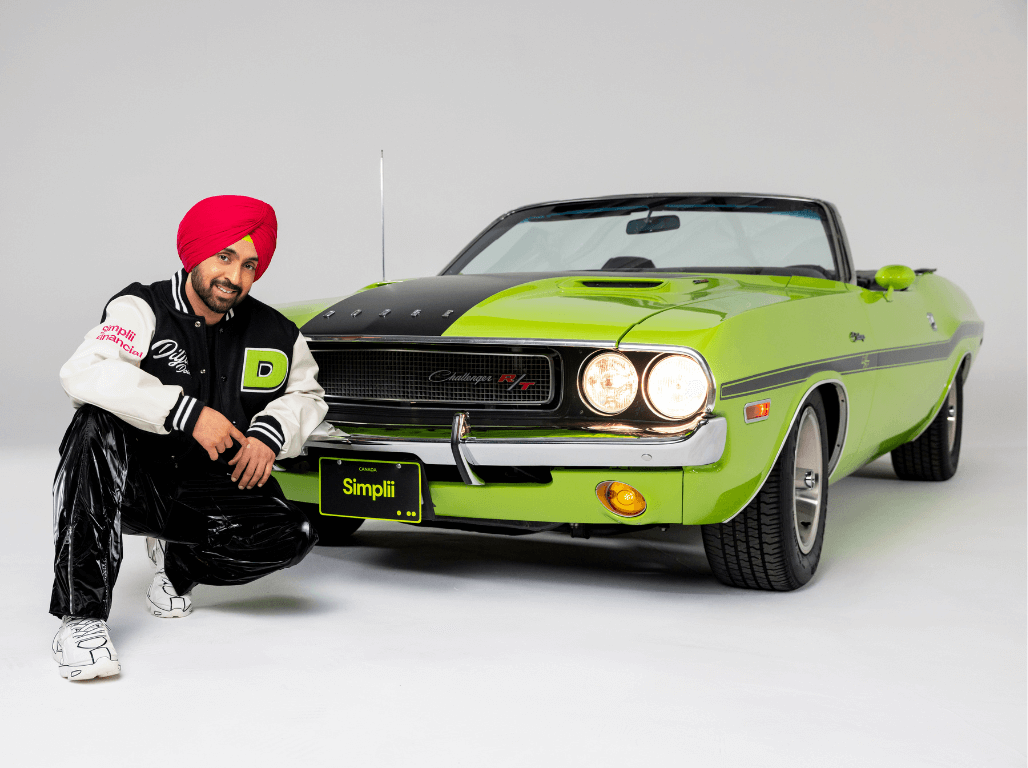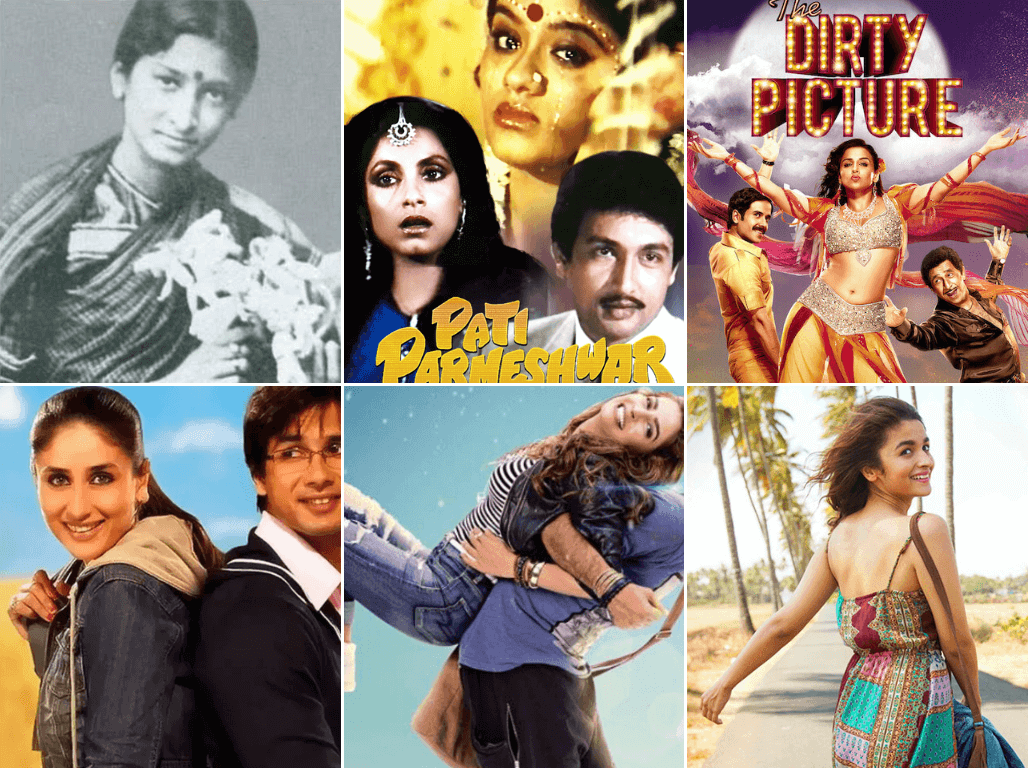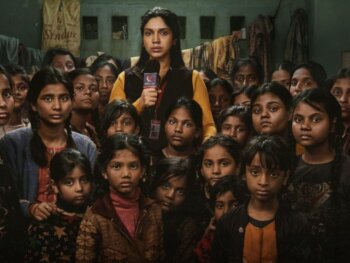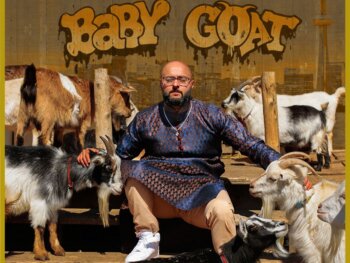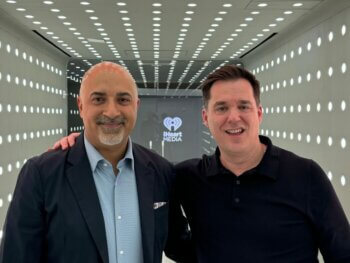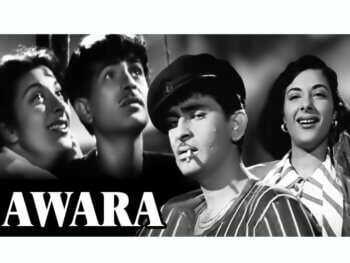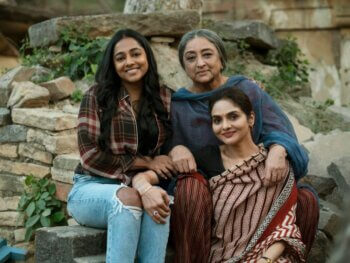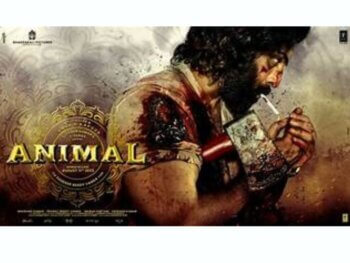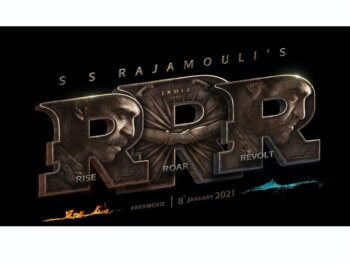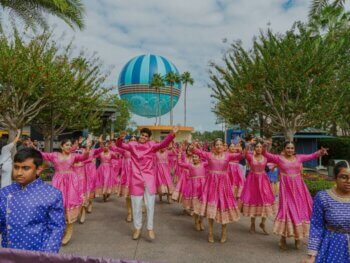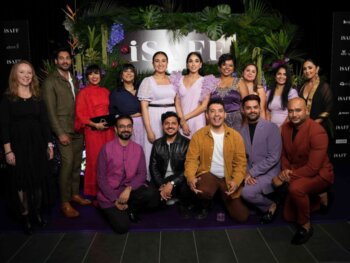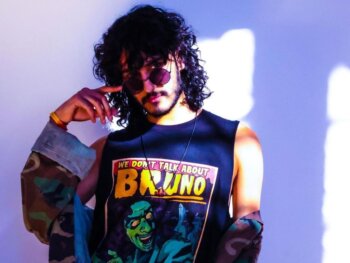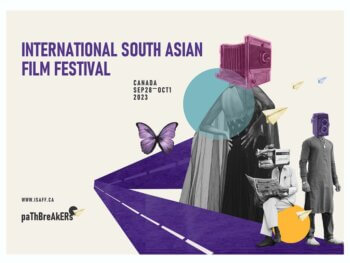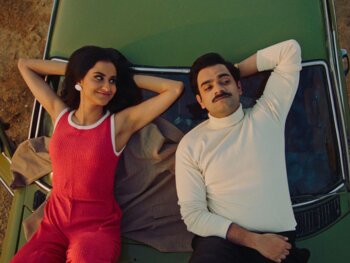Chubby kids in India are traditionally viewed as a sign of a family's wealth, and ironically, they’re often referred to as “healthy” meaning they’re not malnourished. But BBC Two's series India's Supersize Kids investigates the real horrors of obese kids in India.
Anita Rani travels to Mumbai to investigate the obesity epidemic engulfing India's growing middle class. She meets some of India's overweight teenagers who can't stop bingeing on western fast foods, including 13-year-old Kaleb who weighs more than 15 stone.
"What made it particularly unsettling was that this was a strictly middle-class crisis. India’s new rich have spawned a generation of teenagers (including Kaleb) who think it’s cool to hang out at the mall and eat McDonald’s and the like, rather than the healthier spicy snacks that have kept India fuelled for centuries. The result is a nation of teen tubbies and a growing queue for gastric band surgery." says Rani.
"India is a food nation; the one thing you don't deny people is food. My mum taught me, if someone comes to your house you always offer them something to eat. Traditional Indian food is full of vegetables, lentils, rice, wholemeal bread; recipes taught and passed down from generation to generation, but it's hardly a high fat diet. So how was I now back in India to make to make a programme for the BBC about the emerging crisis of obesity, or 'dia-besity' that's unfolding there?" wrote Rani in her recent blog for Huffington Post.
She visits the clinics at the centre of a booming industry in weight loss surgery. Regulation of the fast food industry is much looser than in Western countries and wealthy Indians are susceptible to the lure of advertising and the promise of a western lifestyle. What is more, Indians are more genetically disposed to obesity and to the diabetes that all too often accompanies it.

Anita Rani beside Kaleb's bedside after his gastric band operation, with Kaleb's mother Dimple/BBC
Kaleb's story
"Thirteen-year-old Kaleb and his mother Dimple couldn’t have been more open with us though. Over the past twelve months Kaleb had tried dieting and exercise but was unable to slim down and was now at his heaviest, weighing seventeen stone.
In many ways Kaleb’s story is typical of many middle class kids in India today. It was the sharp contrast between rich and poor in India that made this feel so offensive. An average fast-food meal costs the equivalent of £3.50 there, this in a country where two-thirds of the population live on less than £2 a day. This wasn’t a gastric bypass, it was a logic bypass." Producer and director Andy Wells writes about the making of India's Supersize Kids.
And now that the international fast-food chains and their Indian imitators are opening up branches beyond the big cities in India, the obesity problem is set to explode into a national pandemic.
The filming in India began during Diwali, the Hindu festival of light, which is marked by five days of celebrations and eating. Presenter Anita Rani and the producer Andy Weels travelled to Mumbai’s northern suburbs to join a party hosted by the Balani family. The night sky lit by a barrage of fireworks and the drive across the city accompanied by bursts of firecrackers exploding in the streets.
The surgeon who operated on Saga was Doctor Shashank Shah. His clinic is a three-hour drive away in the city of Pune, which was once a sleepy backwater but is now a central hub of the country’s booming IT industries. On the dusty outskirts of town we passed more and more building sites and brand new apartment blocks built to accommodate the country’s burgeoning middle-class. Alongside the apartments were scores of roadside billboards offering the services of weight loss clinics.
Fast food
Modern India is place in which half the population is starving whilst the other half is becoming morbidly obese. Any visitor to India’s cities cannot help but be struck by the number of fast food joints and coffee shops as well as the numbers of overweight teenagers in them. Since KFC arrived in the mid-nineties, all of the major fast food chains have followed.
"Dia-besity" pandemic
Worryingly, half of India’s 1.2 billion population is under twenty five years of age and most at risk from what Doctor Shah describes as the country’s “dia-besity” pandemic. When he started the clinic ten years ago, there were hardly any youngsters coming to see him, but now a quarter of the clinic’s patients are adolescents.
Source : www.BBC.co.uk, dailymail.co.uk, www.huffington post.com
Feature Image: Courtsey of BBC
Video Courtesy of BBC


















































